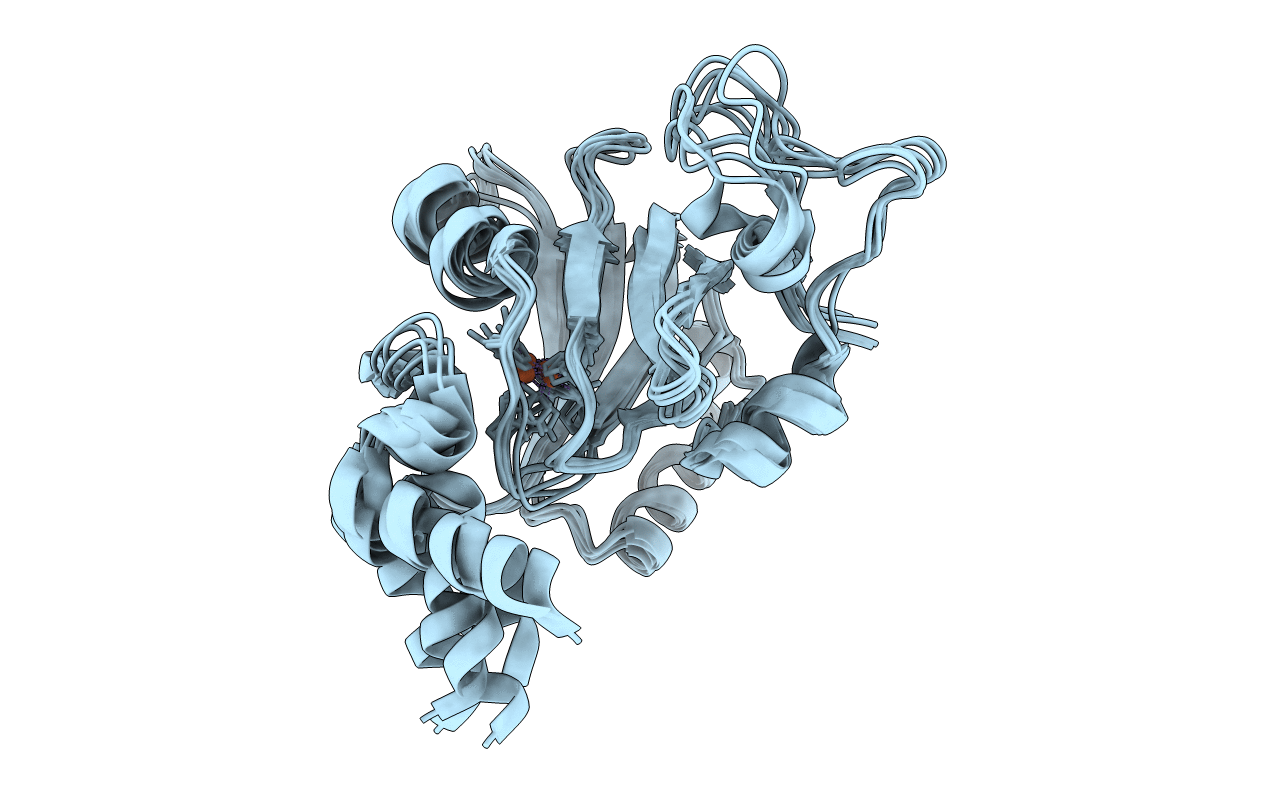
Deposition Date
2020-08-27
Release Date
2020-11-18
Last Version Date
2024-05-01
Entry Detail
PDB ID:
7JXG
Keywords:
Title:
Structural model for Fe-containing human acireductone dioxygenase
Biological Source:
Source Organism:
Homo sapiens (Taxon ID: 9606)
Host Organism:
Method Details:
Experimental Method:
Conformers Calculated:
100
Conformers Submitted:
6
Selection Criteria:
structures with the least restraint violations


